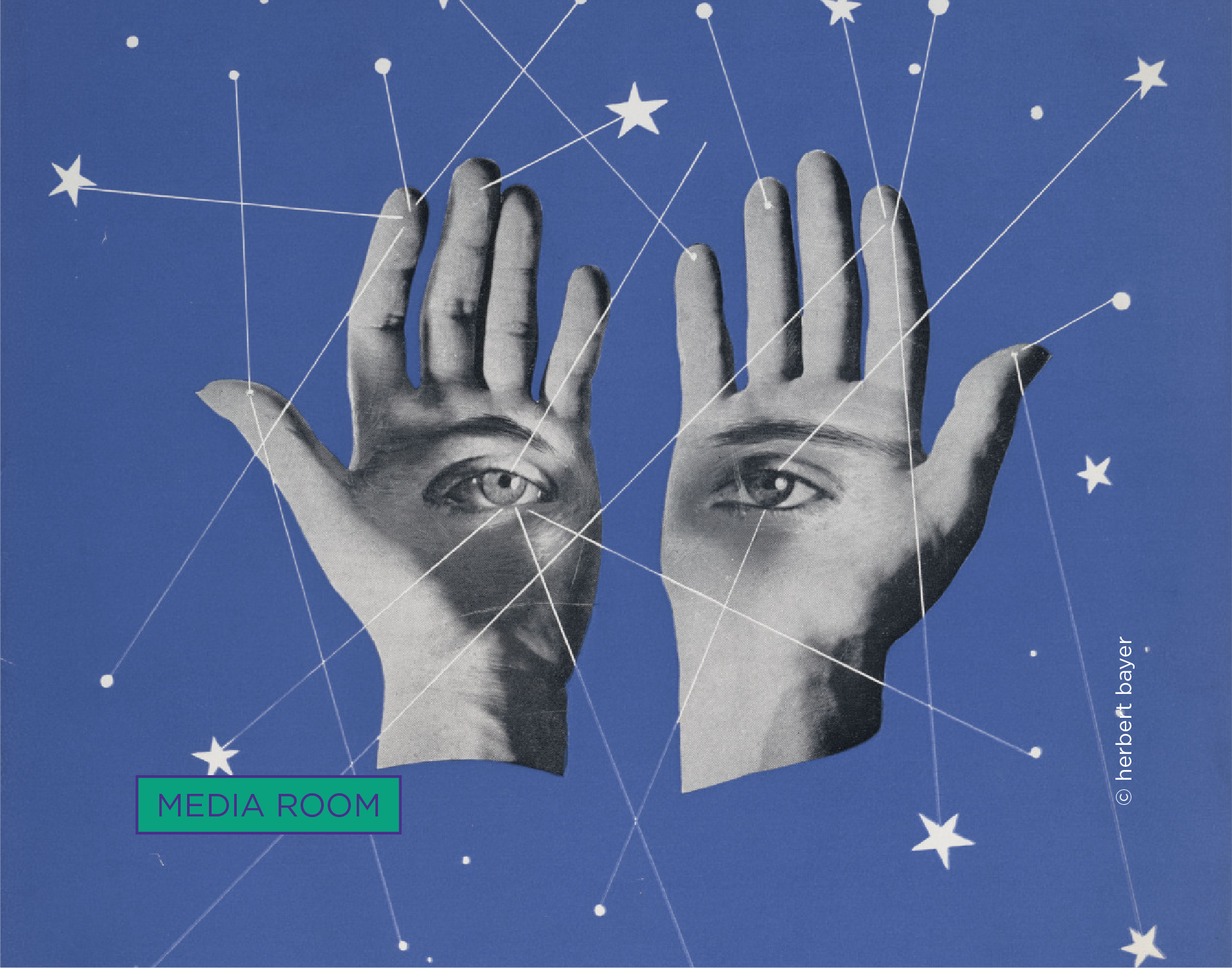The task of architecture, as Juhani Pallasmaa wrote in Architecture and Neuroscience (Tidwell 2013, p. 8)
«extends beyond its material, functional, and measurable dimensions, and even beyond aesthetics, into the mental and existential sphere of life. Besides, architecture has practically always a collective impact and meaning. Buildings do not merely provide physical shelter or facilitate distinct activities. In addition to housing our fragile bodies and actions, they also need to house our minds, memories, desires, and dreams. Our buildings are crucial extensions of ourselves, both individually and collectively. Buildings mediate between the world and our consciousness through internalizing the world and externalizing the mind.»
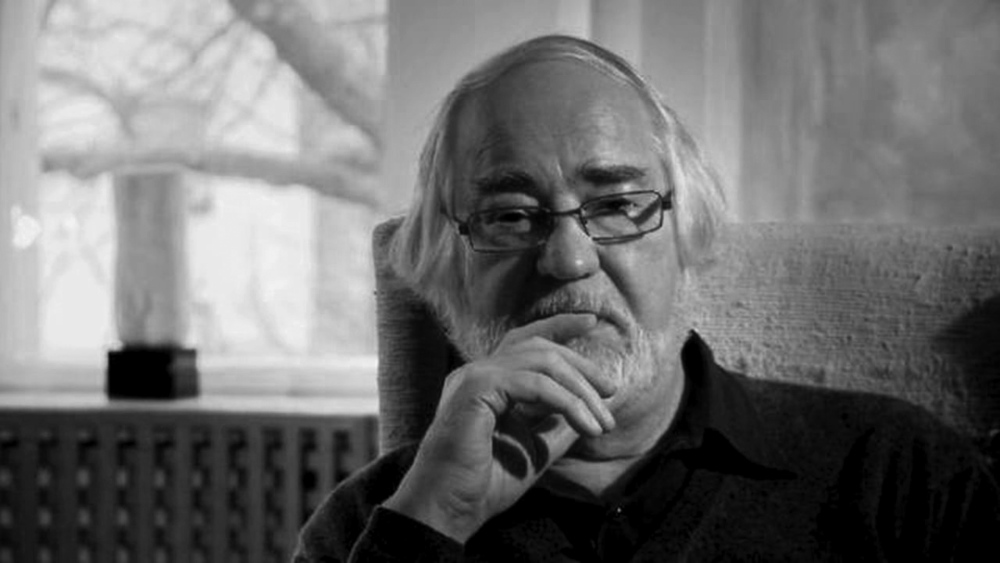
When we talk about workplaces, however, we tend to neglect even more the atmospheric, social and human dimensions of architecture, giving priority to economic and organizational issues. Yet, as the Covid-19 pandemic has made clearer and as the scientific evidence have confirmed, space has a decisive role on the psycho-physical well-being of workers, but also on their productivity and on the ability to forge relationships with their colleagues.
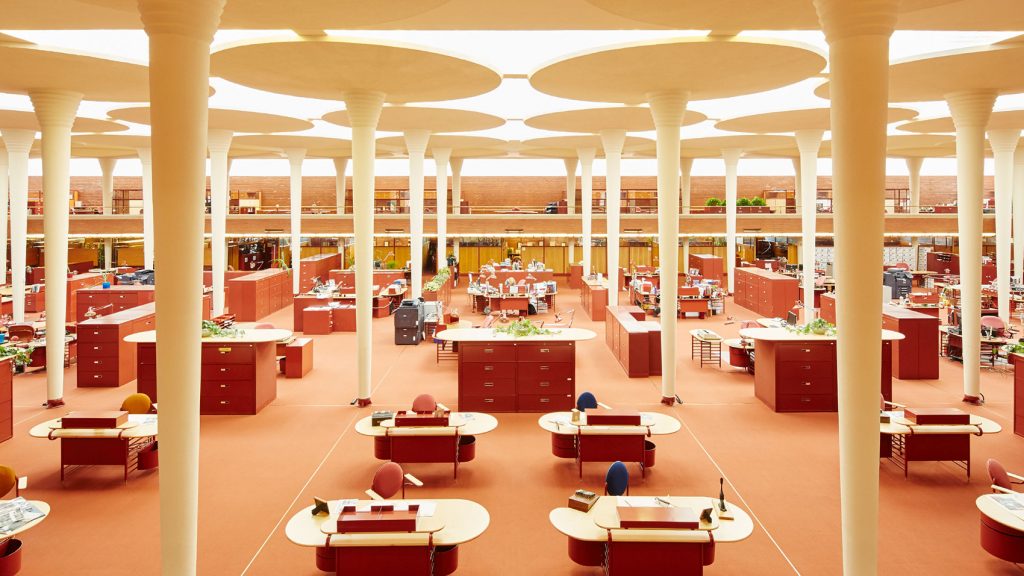
1
Davide Ruzzon: In Mind in Architecture Neuroscience, Embodiment, and the Future of Design, the book you edited with architect Sarah Robinson, you wrote that an «architect has to internalize the client, has to transform himself into the client and, in the end, design the building for himself» (Pallasmaa 2021). Is it possible to do the same even when designing a workplace?
Juhani Pallasmaa: By the internalisation of the client, I mean the architect’s empathic capacity to place himself over self in the situation of the user. In the case of designing a house, the designer becomes a dweller in his imagination, in the designing of workplace he, or she, similarly becomes the imaginative user of the working place, either individual or a group. […] We need to imagine living persons, their movements, collaboration, thoughts, and feelings.
2
DR: When we talk about workplaces, we often forget the importance of social interactions between workers both in terms of psycho-physical well-being. What contribution can architecture provide to the development of positive social dynamics within work environments?
JP: A workplace needs to provide the dimensional, spatial, and atmospheric conditions for the multitude of situations and interactions in collective setting of the workplace, as the conditions of work, individuals, and their interests […] can be meet by flexibility, and an inviting and stimulating atmosphere. Illumination is central in the atmosphere and modern workplace has usually too even and too bright illumination.
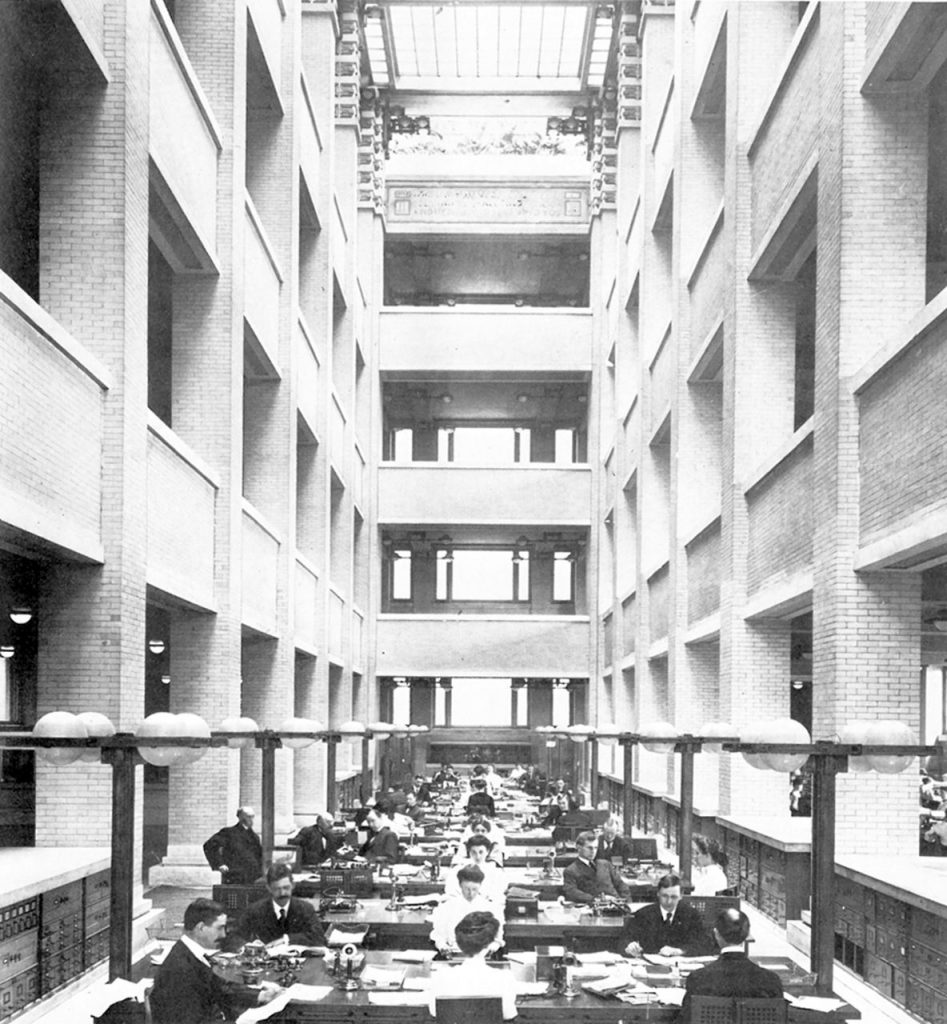
3
DR: Inside an office, people’s experiences are variegated, along with the daily timeline. We can work in a small or big group, alone at the desk, making a coffee break, eating together, reading some docs, or playing. Fitting the atmospheres to this range of actions, do you believe this multiplicity could consolidate the well-being of people navigating those spaces?
JP: A workplace needs to provide the possibilities for individualisation, re-organitation and developing relations of the workers, both working and emotive relations. I have suggested, in corrisponce with Sarah Robinson’s ideas, that architecture has a verb form. It invites, facilitates and inspires but it can also restrict and dow experiences or interactions. The individual needs to identify with the place. […]
4
DR: If you had to choose one of the office projects, carried out over the last 100 years, which is the work of architecture that comes closest to what you define as «art of the body and of the existential sense, […] art of emotional and unconscious feelings?» (Pallasmaa 2021)
JP: There are very impressive buildings for work from Frank Lloyd Wright Larkin Building to his Johnson Wax Company Building. But I would choose Herman Hertzberger Centraal Beheer Insurance Company in Holland because I find his antropological structuralist approach very interesting because he takes his inspiration from human life and enhance at aknowledging all the grades between an individual, various working situations and finally the the entity of the company.
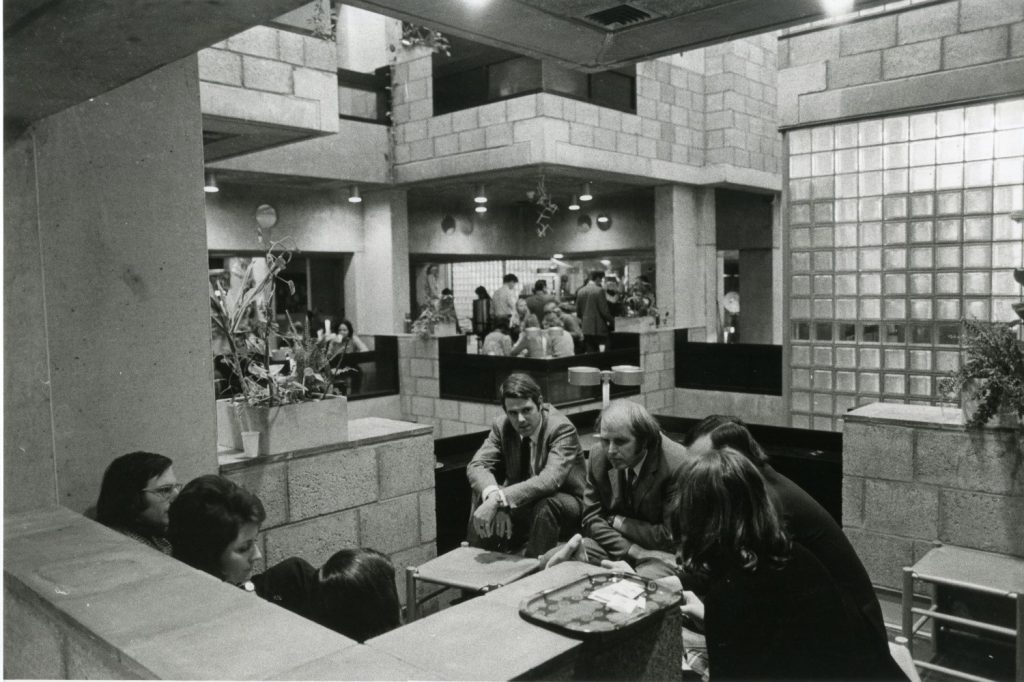
Bibliography
Pallasmaa 2021 – Juhani Pallasmaa, Sarah Robinson (edited by), Mind in architecture. Neuroscience, Embodiment, and the Future of Design, MIT Press, Cambridge Massachusetts 2015;
Tidwell 2013 – Philip Tidwell (edited by), with essays by Juhani Pallasmaa, Harry Francis Mallgrave e Michael Arbib, Architecture and Neuroscience, Tapio Wirkkala Rut Bryk Foundation, Finland 2013.

